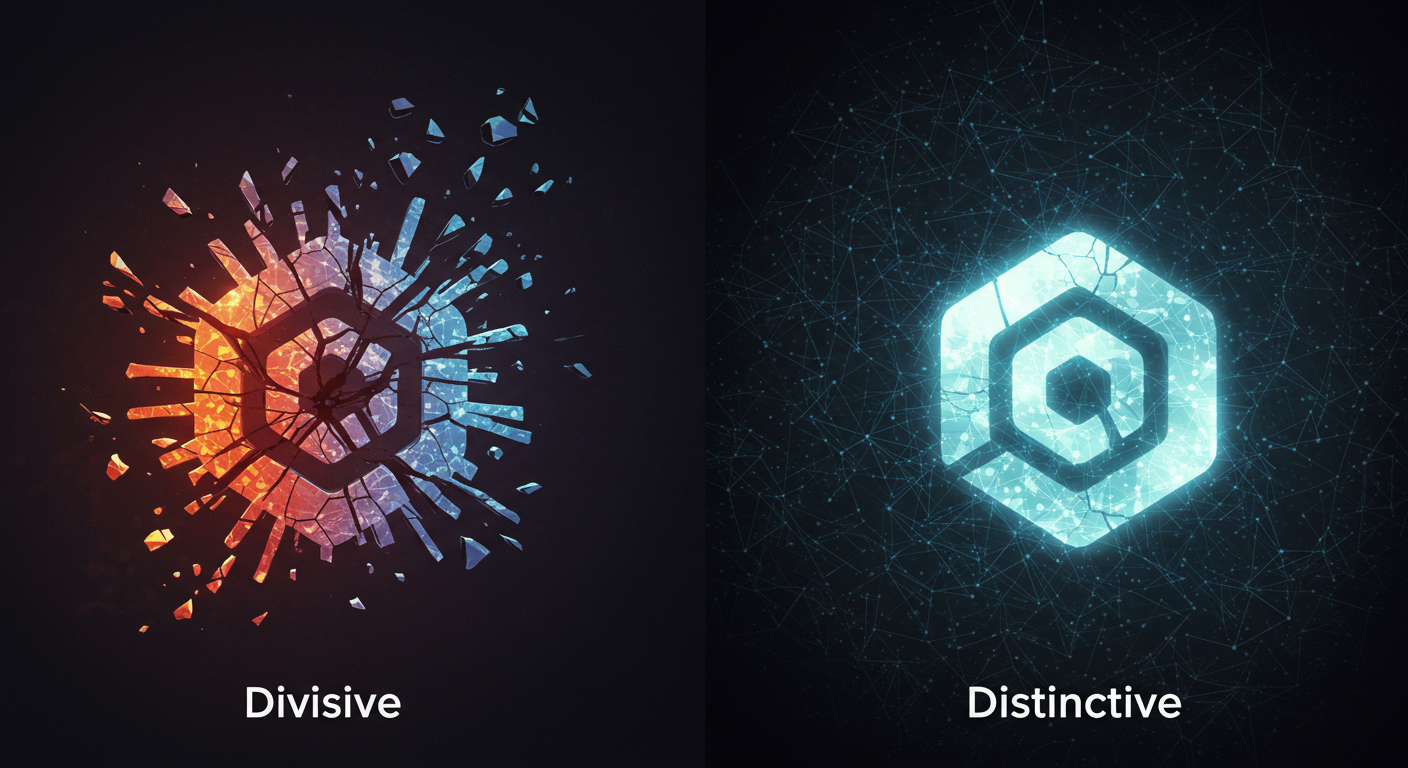It often feels like the loudest businesses win in today’s marketing culture. Shock value and polarizing positions have certainly helped companies like Liquid Death build billion-dollar valuations. According to this strategy, a brand has to polarize, attracting superfans while deliberately turning off others, in order to prosper.
The Myth of Division as a Path to Success
But there’s a catch: evidence from decades of consumer behavior studies suggests otherwise. Most groups find that mass inclusion, not isolation, is the key to progress. The concept that you must repel to be remembered is more of a marketing fallacy than a rule. It’s easy to see why polarizing businesses attract attention; shock sells. Liquid Death’s anti-corporate humor and aggressive packaging lead to headlines and social virality. For a few specialist categories, this method can generate cultural cachet and convert purchases into a brand tribe.
However, this success story is often misapplied. Not every brand can, or should, adopt this strategy. For every Liquid Death, countless businesses have courted controversy, only to reduce their market and harm their image.
What the Data Actually Says About Buyer Behavior
Marketing science, particularly the work of Byron Sharp and the Ehrenberg-Bass Institute, consistently shows that brands grow by getting into more markets, not just by making customers more loyal.
In other words:
- For a business to grow, it needs to attract both dedicated followers and light, occasional buyers.
- A company can only grow so much before it starts turning away large groups of possible buyers.
- In the long run, mass popularity often performs better than group followings, even if it’s not as “cool.”
Polarization may create noise, but noise does not equal long-term growth.
Distinctive > Divisive
Brands need to be distinctive, not divisive. Distinctive assets—logos, colors, sounds, and taglines—allow firms to stand out without alienating customers. For example, Coca-Cola does not reject Pepsi consumers; it distinguishes itself through its assets and emotional connections. Similarly, Apple does not need to fight PC users to succeed; it flourishes by positioning itself as aspirational and intuitive. The goal is to be simple to detect and purchase, not to be intentionally offensive.
When Polarization Can Work
It is true that being controversial can sometimes be a good business strategy. Identity signaling is often used by fashion, beverage, gaming, and lifestyle brands. In these areas, being “not for everyone” can be part of the draw. But even here, progress stops if the company does not eventually reach a broader audience. Red Bull started as a niche energy drink for extreme sports. Today, it is a global powerhouse because it expanded its brand while making it more accessible to a wider audience.
The Marketer’s Dilemma
When marketing, a professional must ask: “Are you creating for 10,000 superfans or 10 million buyers?” Provocation can work if your field is narrow and your business is based on a tribe. However, if you want to grow over time, being mentally and physically available to the widest possible audience is the best approach.
Being open to everyone, unique, and easy to remember is better than closing the door on potential customers. Brands do not have to turn people off to get noticed. They simply need to be useful, unique, and easy to find. While provocation can lead to short-term fame, lasting growth comes from including people, not excluding them. Ultimately, the real danger is not being “boring”; it’s confusing noise for a viable strategy.
ALSO WATCH MARKETING EDGE ONTV








Comment
No comments found.